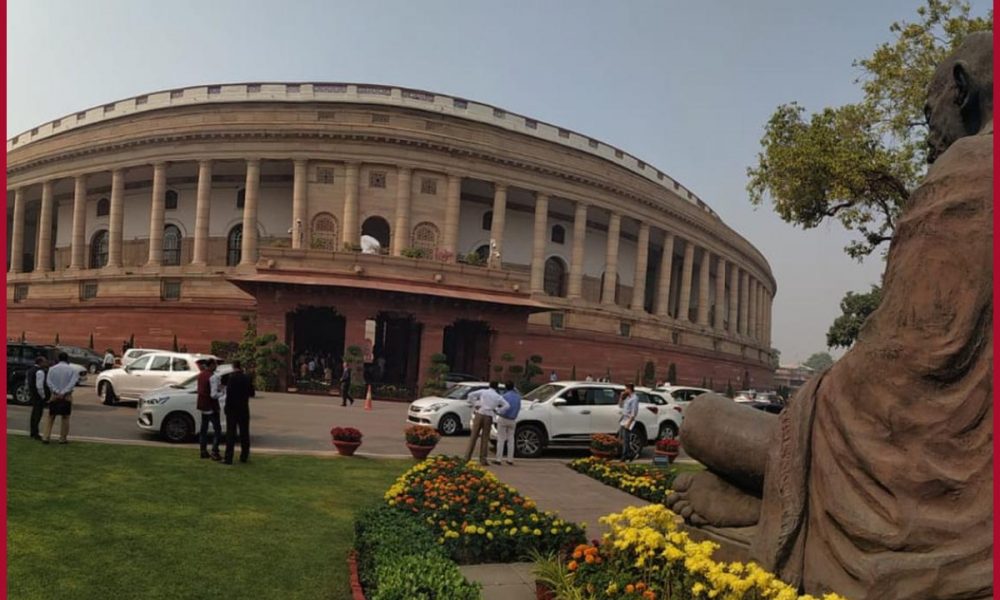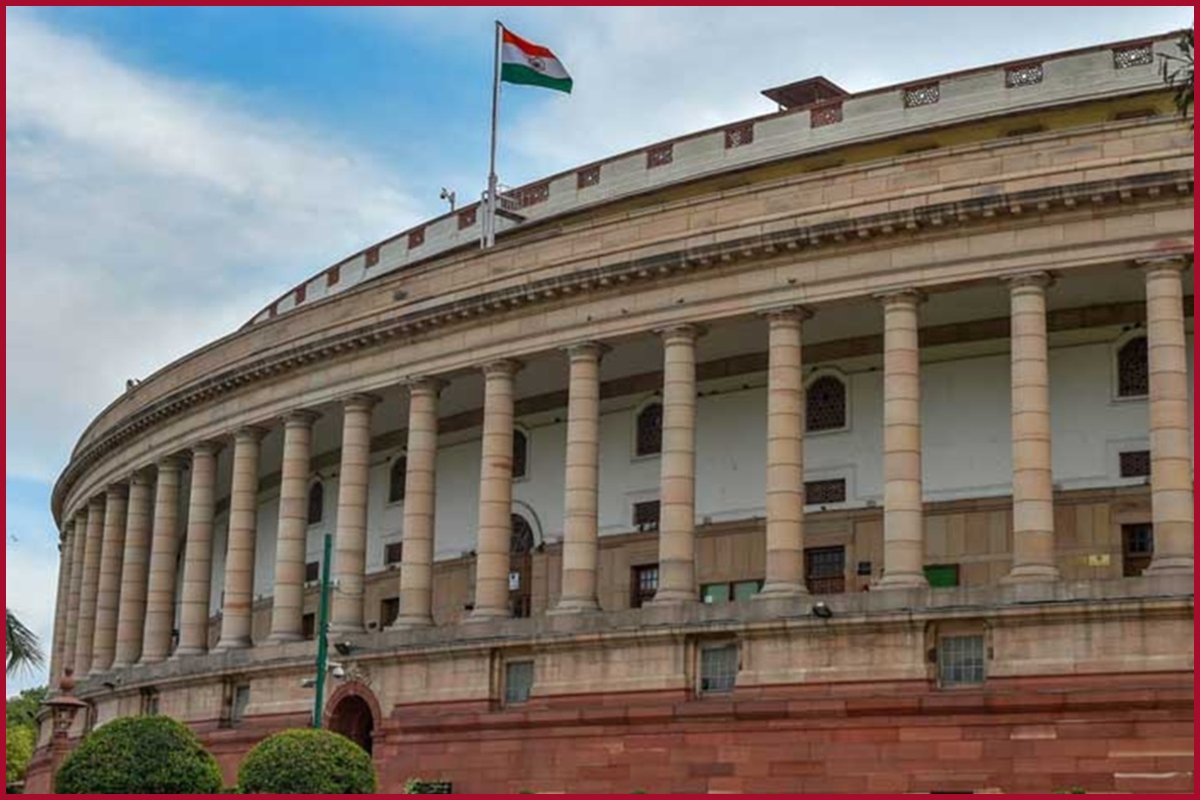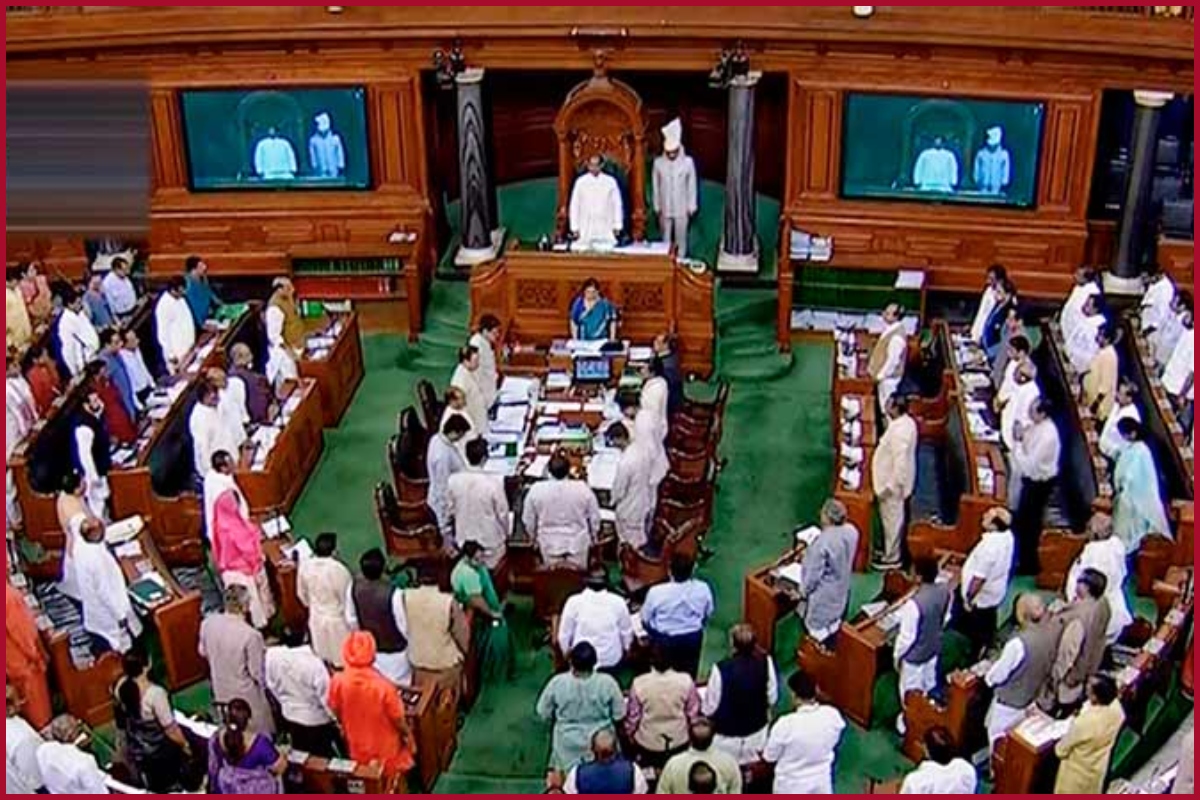
New Delhi: The Monsoon Session of Parliament began on July 18 and it is scheduled to end on August 12. Meanwhile, the vice presidential election is also scheduled to be held in India on August 6. Ahead of the session, it is reported that the government decided to present 32 Bills.
Among the bills, private member’s bills were also presented in the parliament session, held so far. On July 22, BJP leader Ravi Krishan introduced a private member’s bill on population control in the Lok Sabha. Owing to this, a question comes to anyone’s mind, what is the difference between private member’s bills and government bills?

Below here, one can check what is the difference between private member’s bills and government bills:
Private Member’s Bill vs government Bills
The term private member bill is used for those MPs who are not holding any ministerial post and present the bill in parliament. An MP without a minister post is called a private member. On the other hand, bills presented by the minister are called government bills. Such bills also have the backing of the government and reflect its legislative agenda.
Notably, a private member’s bill can only be introduced in the parliament only after giving at least a month’s notice while the government Bill can be introduced on any day. It reported that a private member’s bill is only introduced and discussed on Fridays.
How many Private Member’s Bill became law?
On very few occasions, the Indian Parliament passed a private member’s bill. Since 1970, the Parliament has not passed a Private Member’s Bill. So far, only 14 such Bills are passed and it happened in the year 1956.

It is said that the highest number of Private Member Bills were ever introduced in Parliament in the 16th Lok Sabha (2014-2019).




